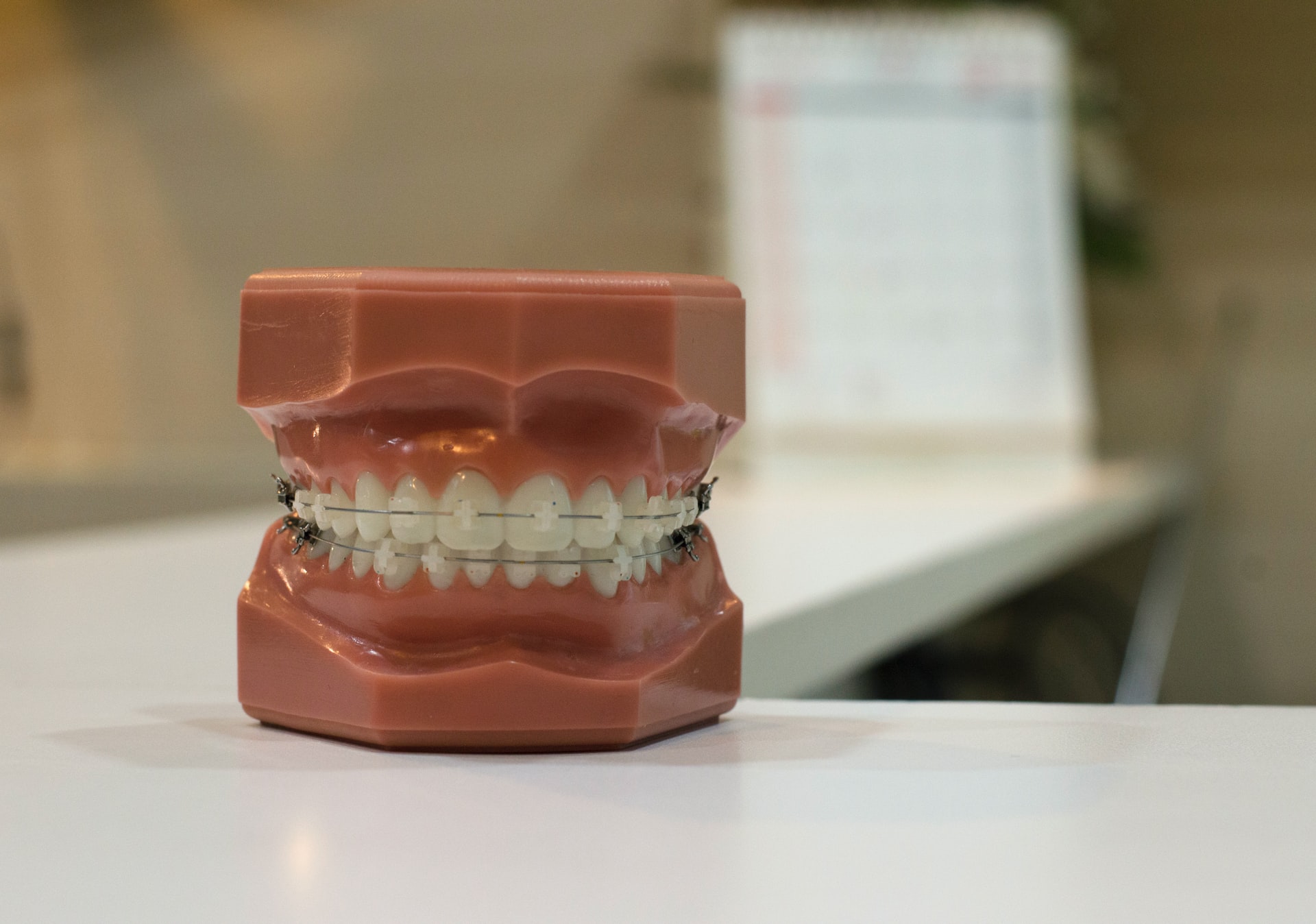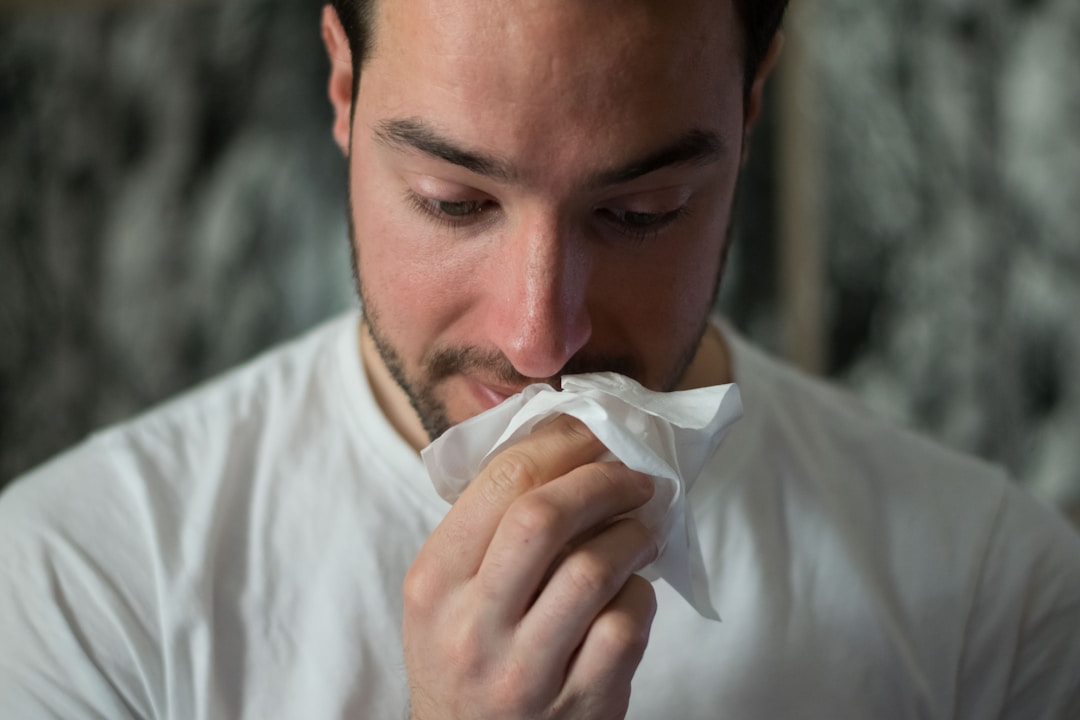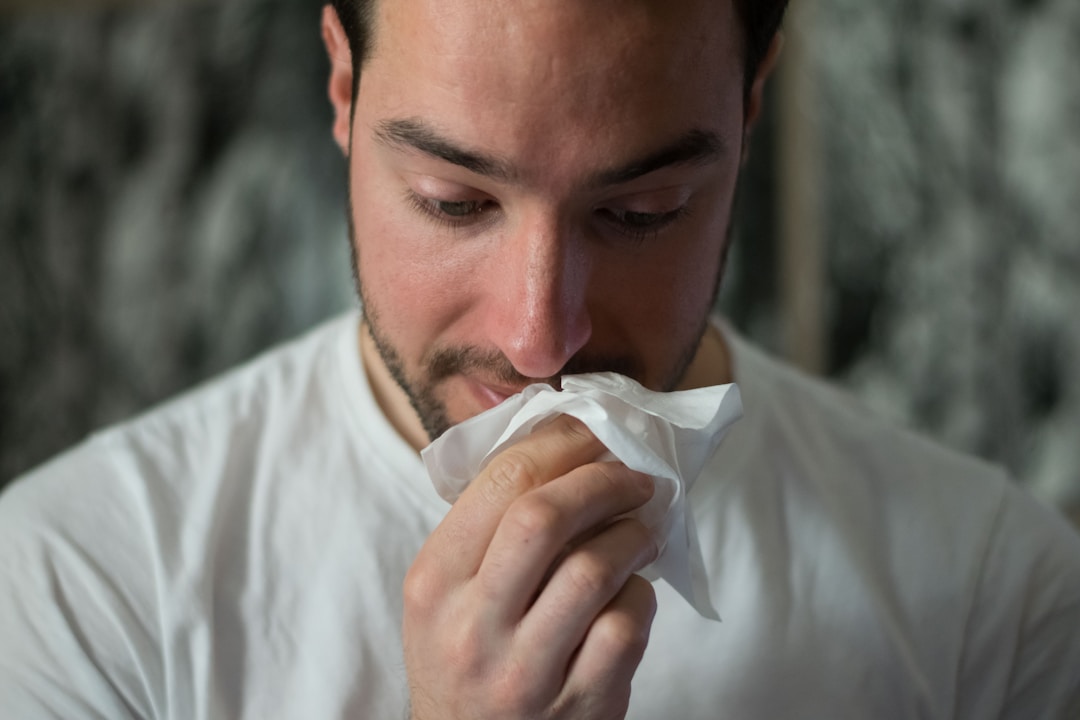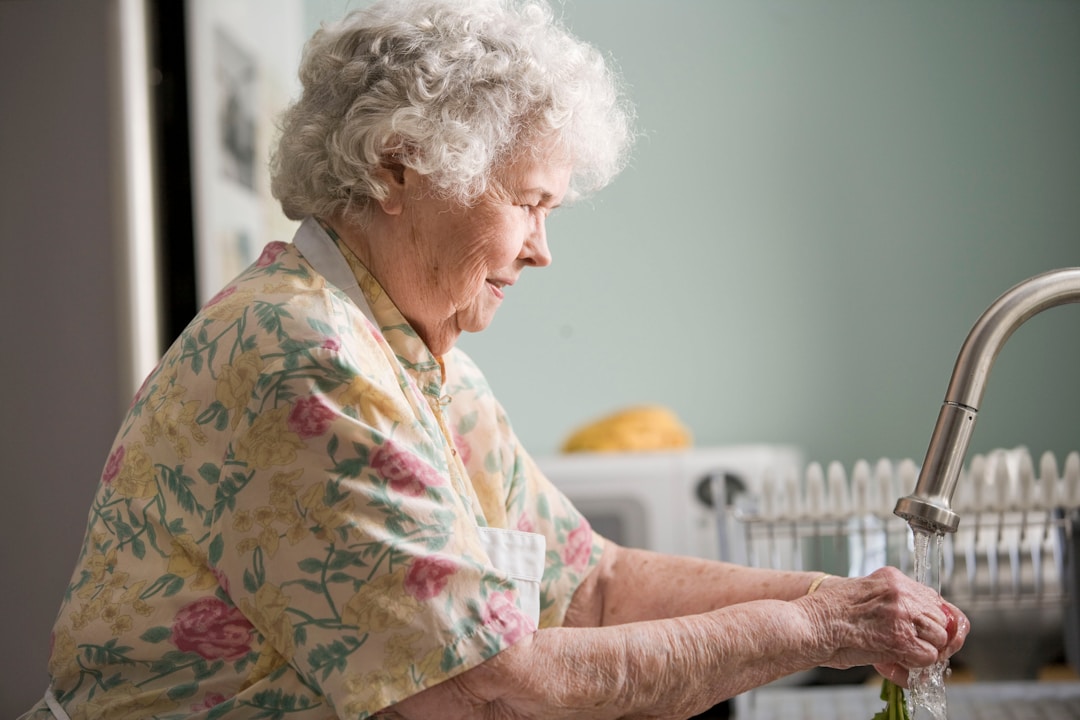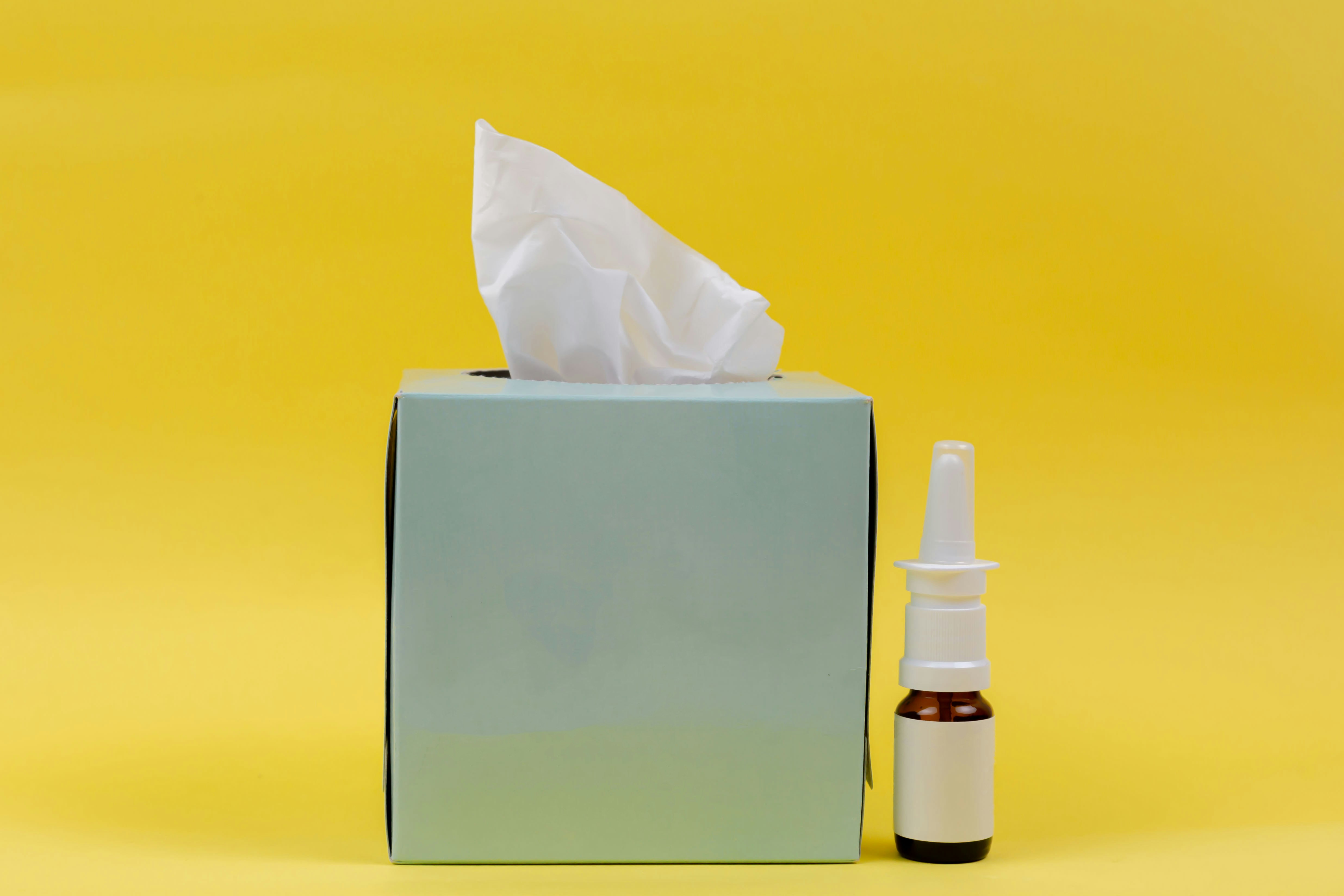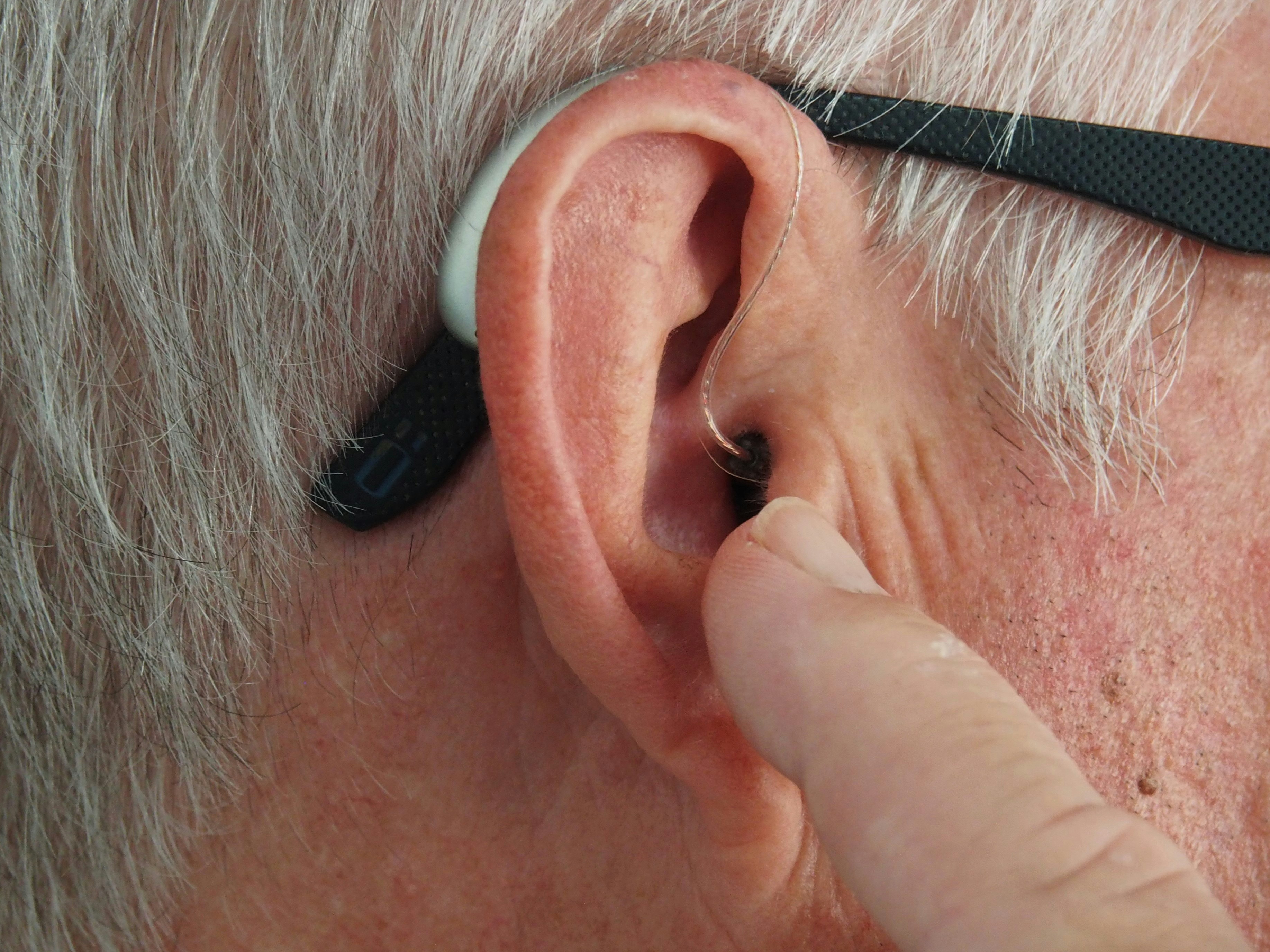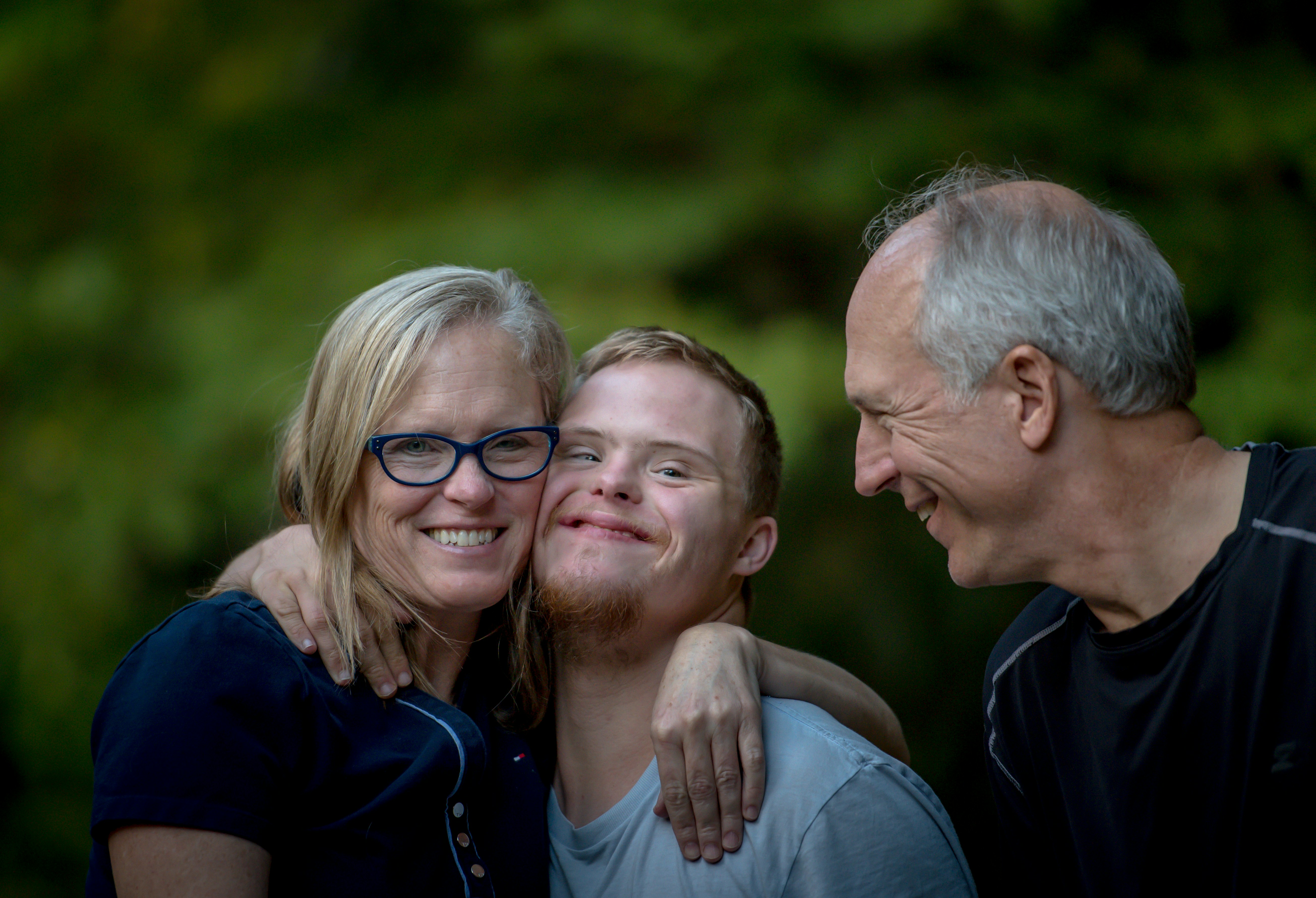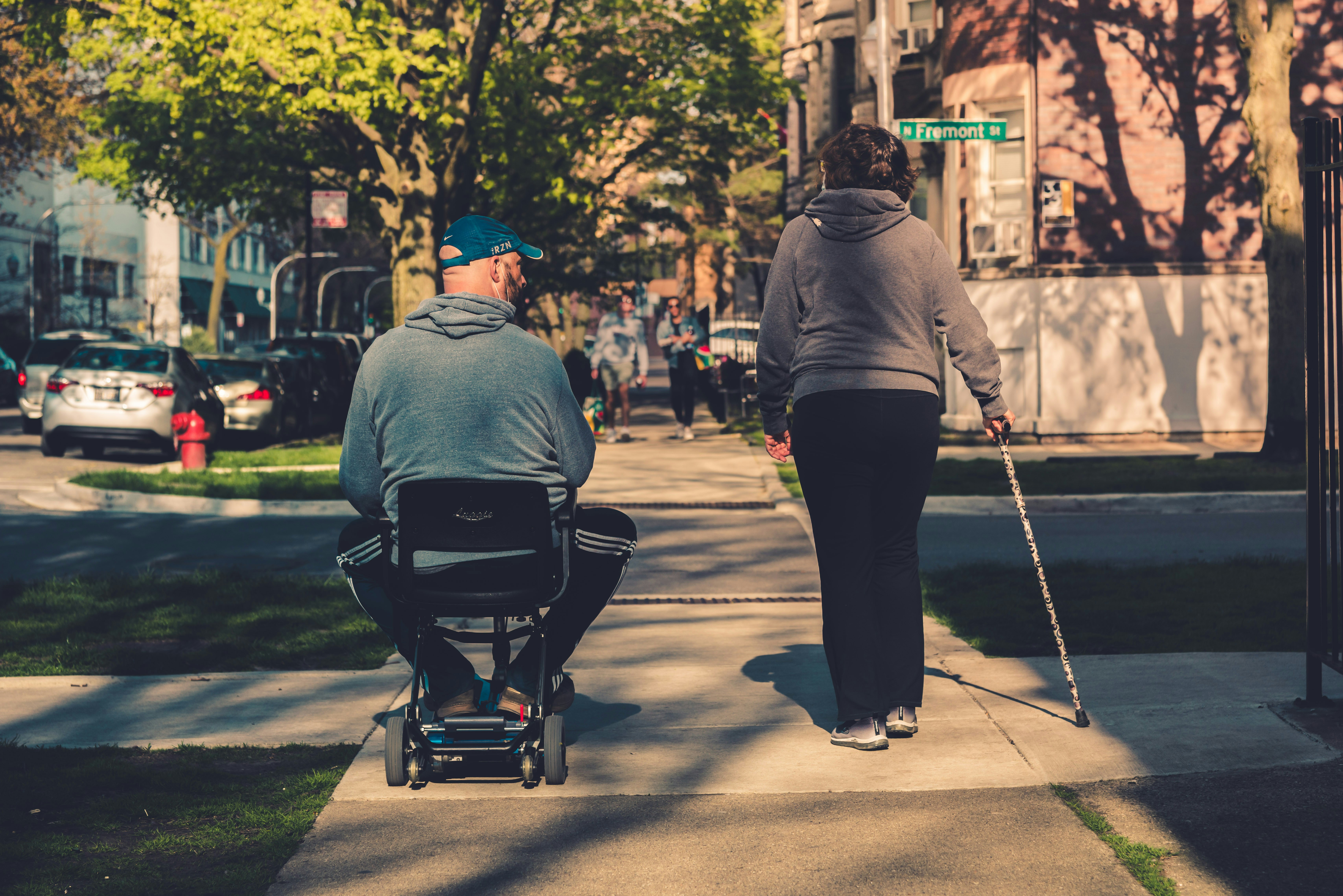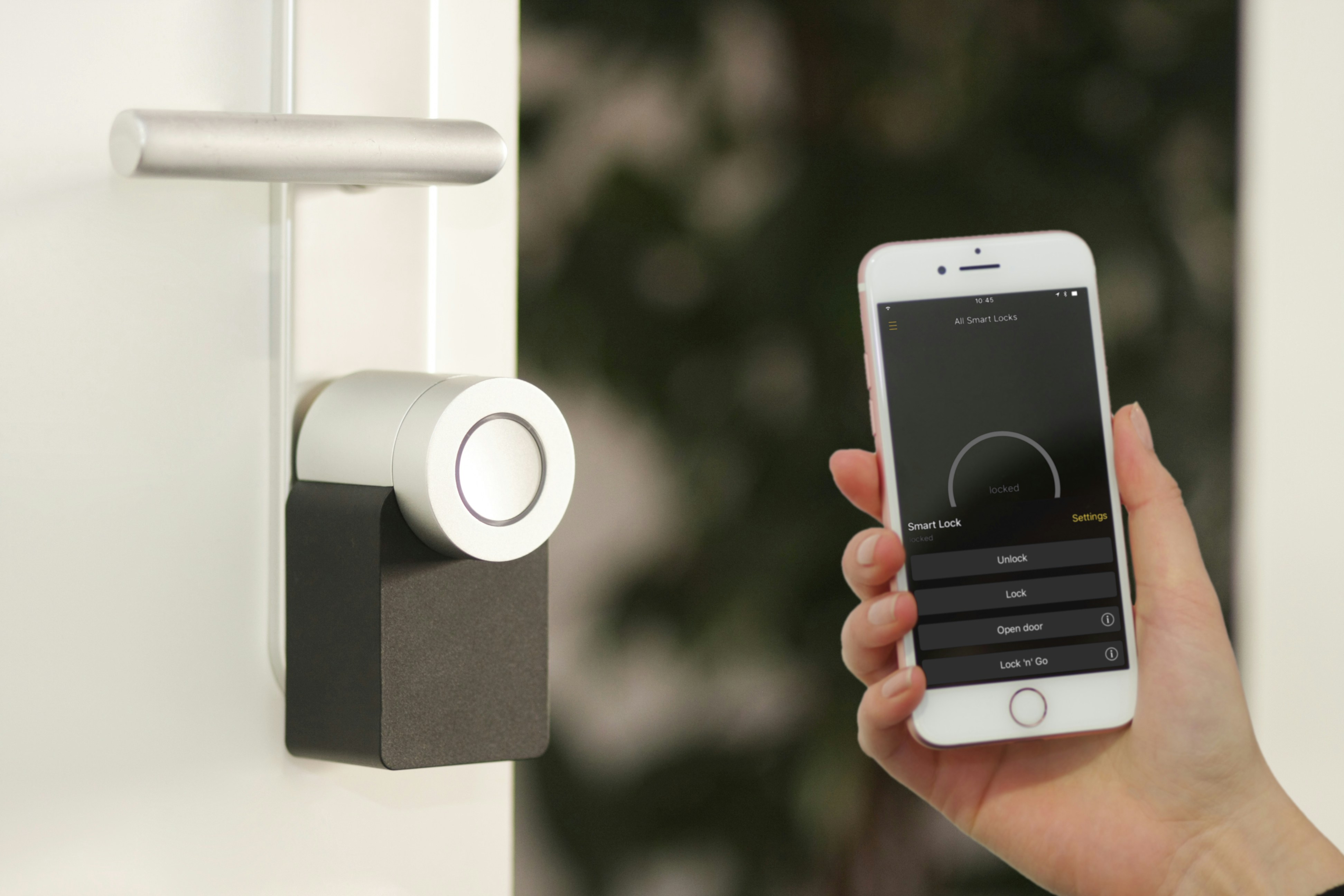Tinnitus noise is a health condition where the patient hears a persistent or occasional roaring, whistling, buzzing, or hissing noise in their ear(s). There are two types of tinnitus, subjective tinnitus, where only the patient can hear the buzzing noise, and objective tinnitus, where other people—an audiologist, for instance—can also hear the hissing. Unfortunately, the root cause of tinnitus is still unknown, but in most cases, it could hint at an underlying medical condition such as hearing loss, a head injury, or other chronic health conditions.
According to the CDC, nearly 25 million people in the United States have experienced some symptoms of tinnitus at least once. For some tinnitus sufferers, these symptoms are debilitating and when left untreated, they can affect the quality of their life. Regrettably, there is no cure for tinnitus, but the following treatments can help you manage your tinnitus symptoms.
Have your HVAC system serviced regularly.

Tinnitus patients have a unique sensitivity to loud noise, so if your home HVAC unit is making strange noises, it may be time to have a technician check it out. Some noises commonly associated with HVAC systems include clanking, hissing, and rattling. Clanking or banging noises could signal loose parts inside your HVAC unit. A rattling noise tends to hint at an internal issue with your air conditioner. In most cases, this sound could mean that some debris caught on one of your air filters.
In most cases, hissing sounds heard when your heat pumps are going could indicate an issue with your filters. While you can easily find an online tutorial to help you fix this noise, it’s best that you leave your home’s ductwork repairs to an HVAC technician.
Learn more about natural solutions for tinnitus relief.

Phytage labs tinnitus 911 is an example of a natural supplement that uses a combination of natural ingredients such as hibiscus, niacin, Hawthorne berry, and olive leaf to help manage the symptoms of tinnitus in tinnitus sufferers. Phytage Lab’s Tinnitus 911 also helps to manage the most common symptoms of tinnitus such as an overly active mind, nausea, migraines, dizziness, and headaches associated with tinnitus.
It’s important to note that Tinnitus 911 is a vitamin and not a form of medication. Also, always consult your doctor before taking this or any other herbal supplement, to get professional help and advice with dosage and potential side effects.
Consider the soothing benefits of sound therapy.

Sound therapy involves using external noise such as that produced by white noise machines, hearing aids, or playing low background music to mask the perception of the sound of tinnitus. Given that tinnitus is in some ways linked to hearing loss, hearing aids are a great form of sound therapy because they augment how tinnitus patients receive and perceive ambient noise. By doing this, they help mask the perception of tinnitus and offer the patient some relief.
Find a tinnitus-friendly mental health professional.
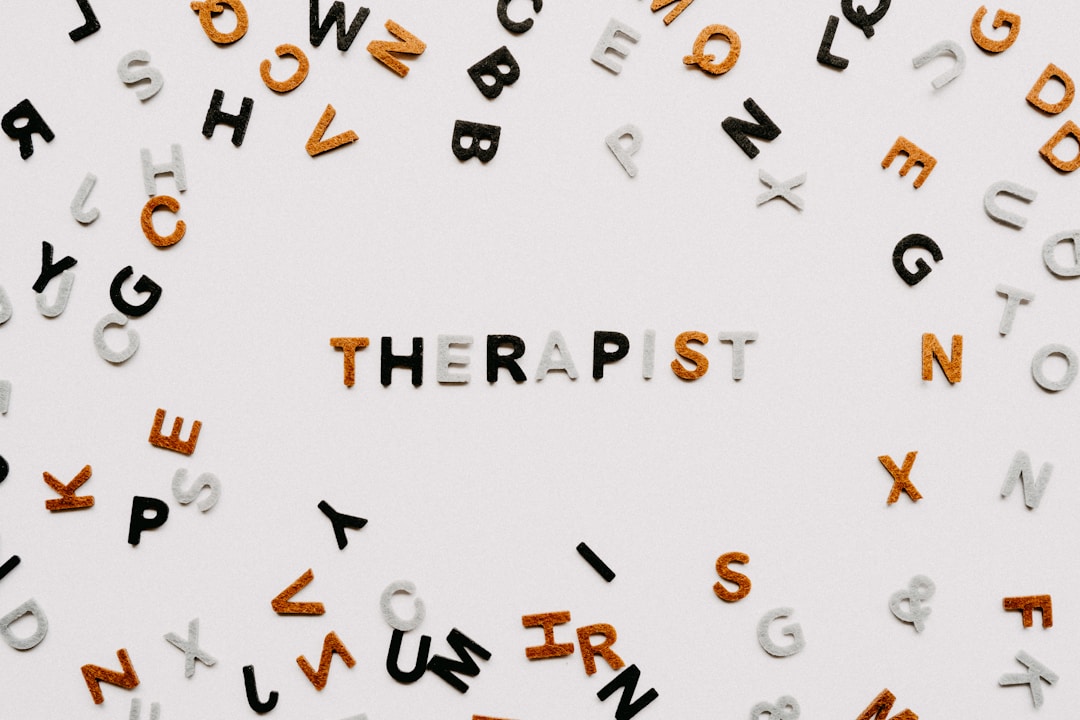
In severe cases, tinnitus can also have a huge impact on your mental health. This is why anxiety, insomnia, and depression are common in people with tinnitus problems. Cognitive-behavioral therapy, CBT, is a common practice in talk therapy that helps tinnitus patients identify and manage negative thought patterns. While CBT doesn’t get rid of the unwanted sounds, it helps the patient have a better quality of life and prevent tinnitus from running their life.
Given that CBT was developed to help patients with mental health problems, most audiologists may not be familiar with this technique or even how to use it effectively on their patients. This is why you need a mental health professional to help you gain the best results from this exercise.
For helpful resources on how to find a CBT proficient therapist/mental health professional, consider the BetterHelp website, or the American Psychological Association psychologist locator.








